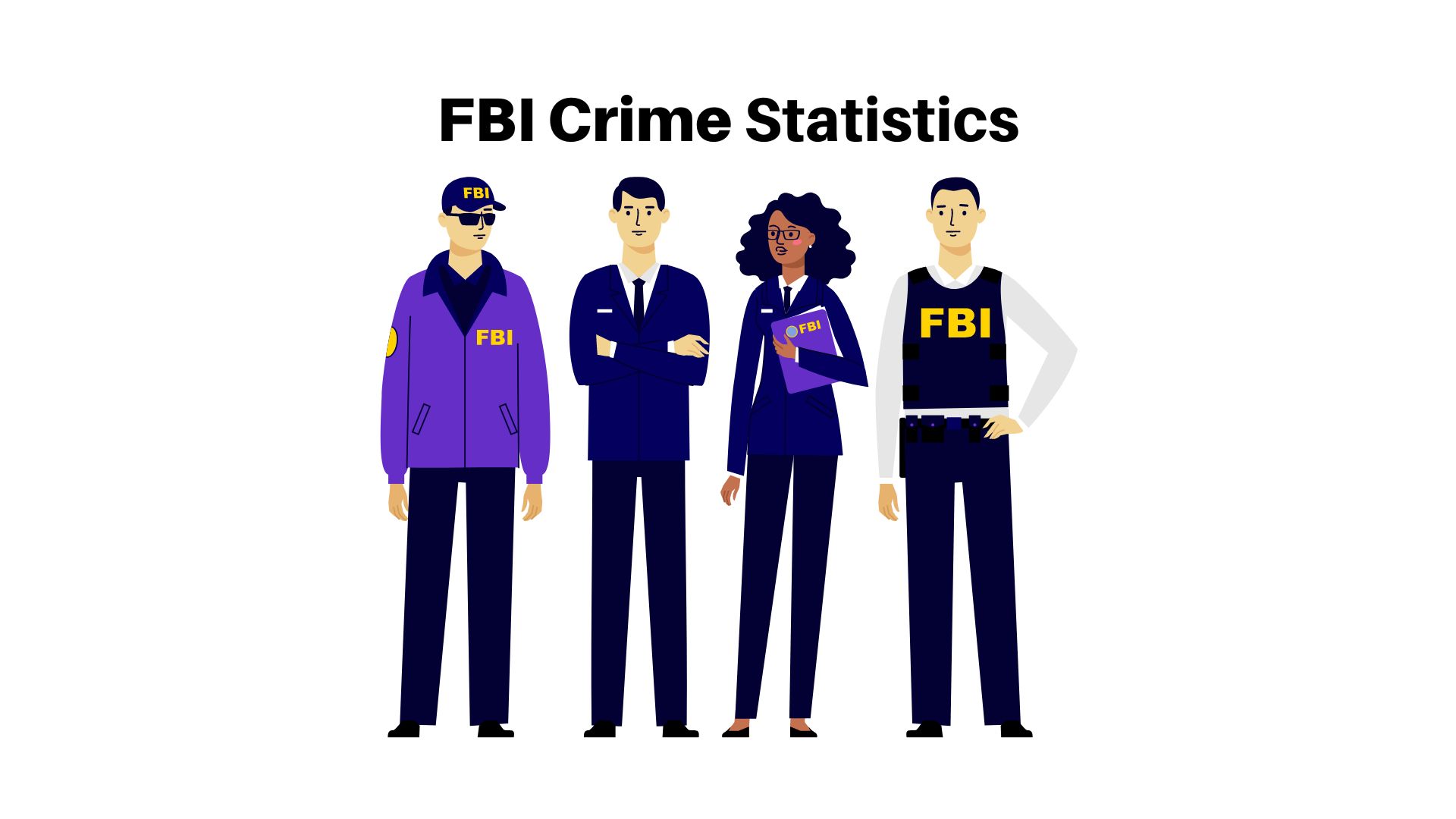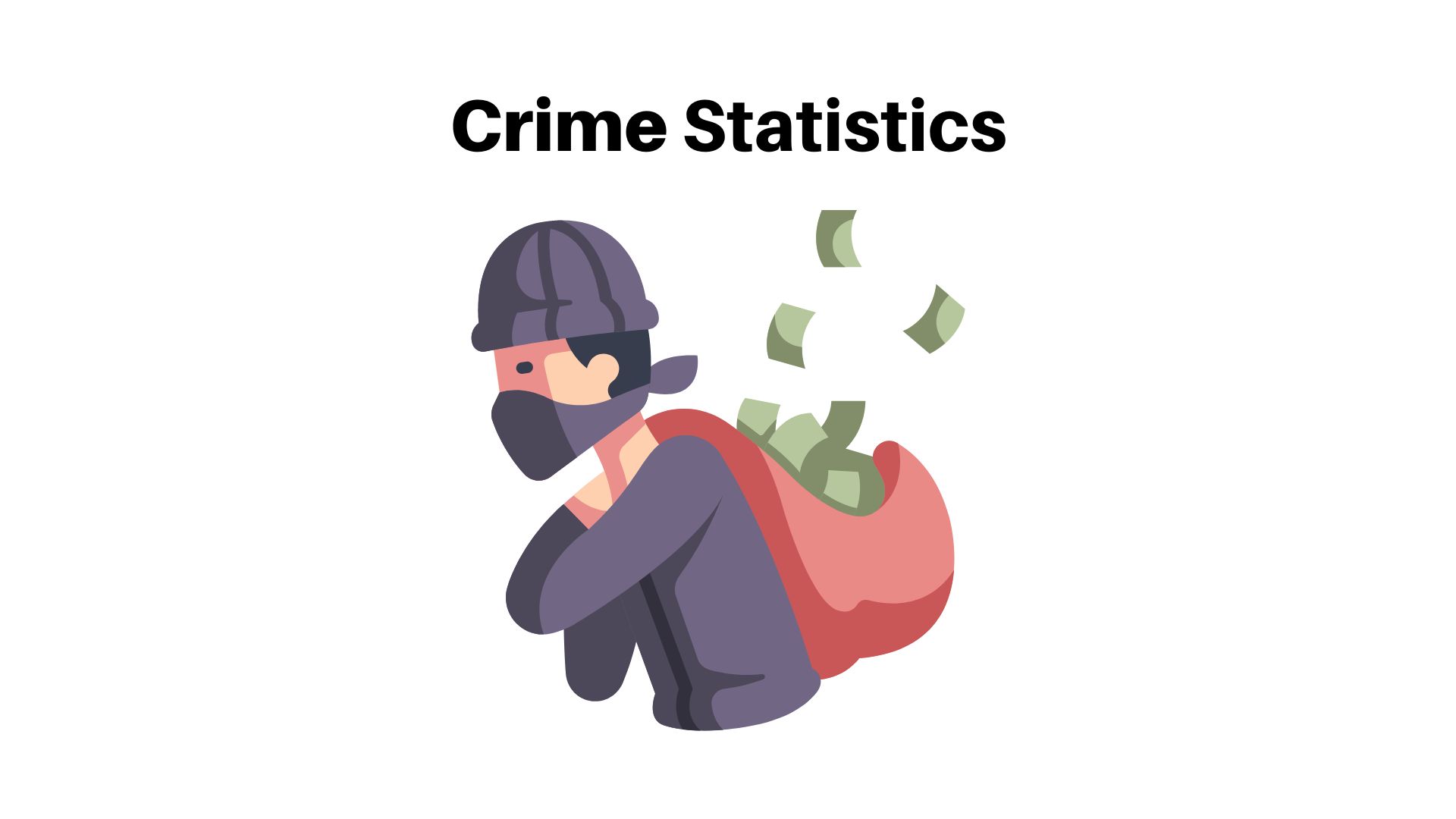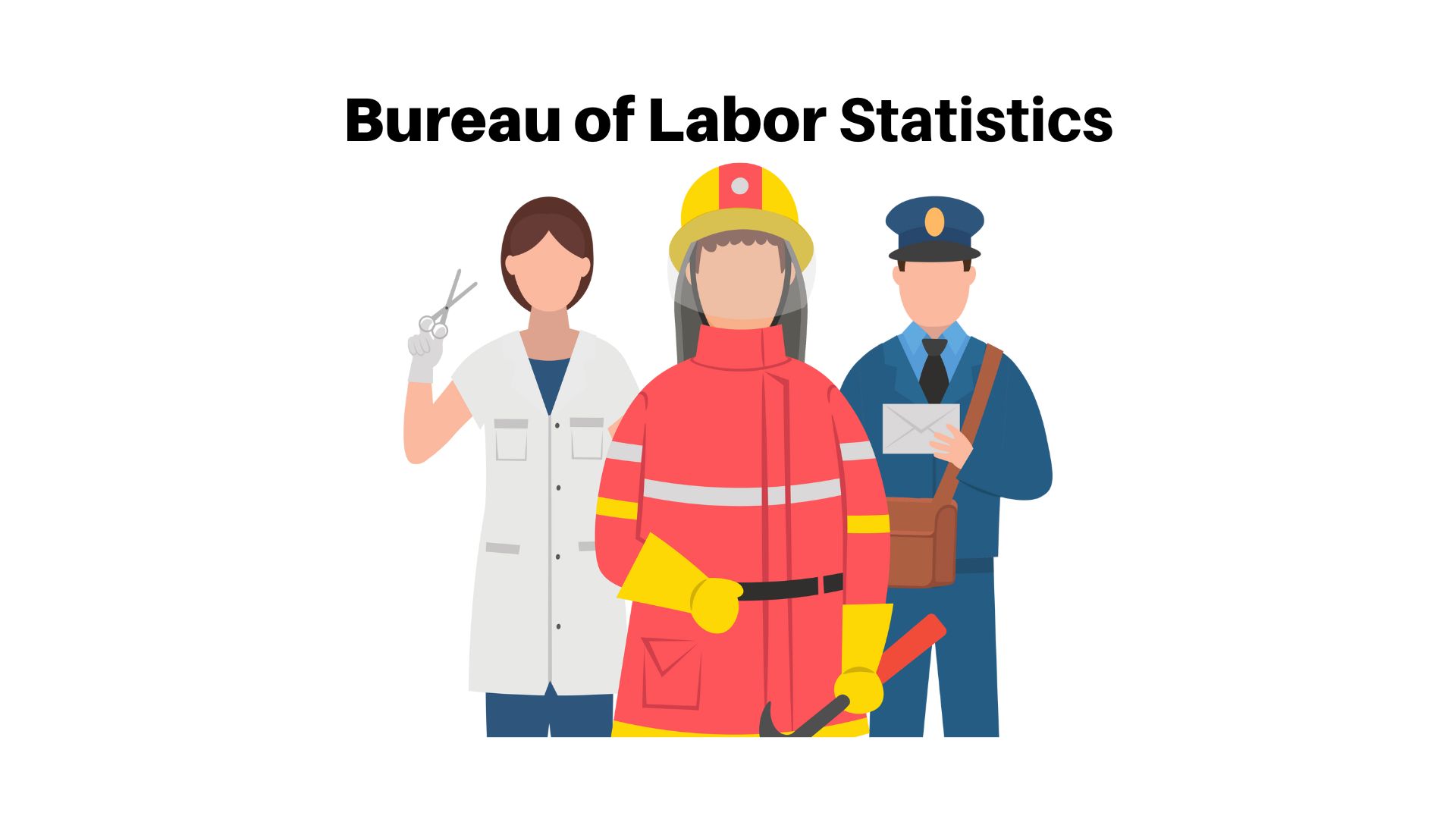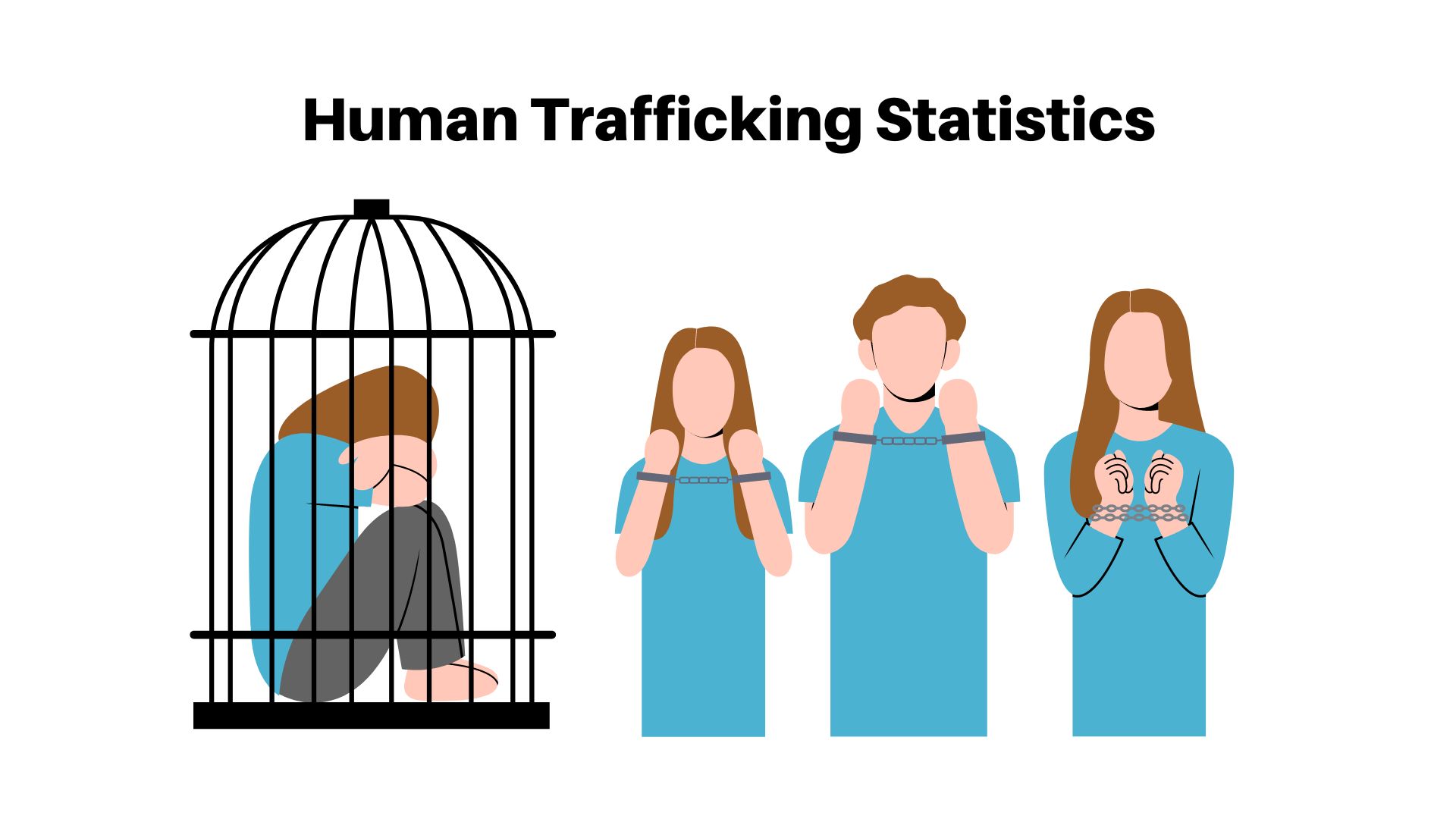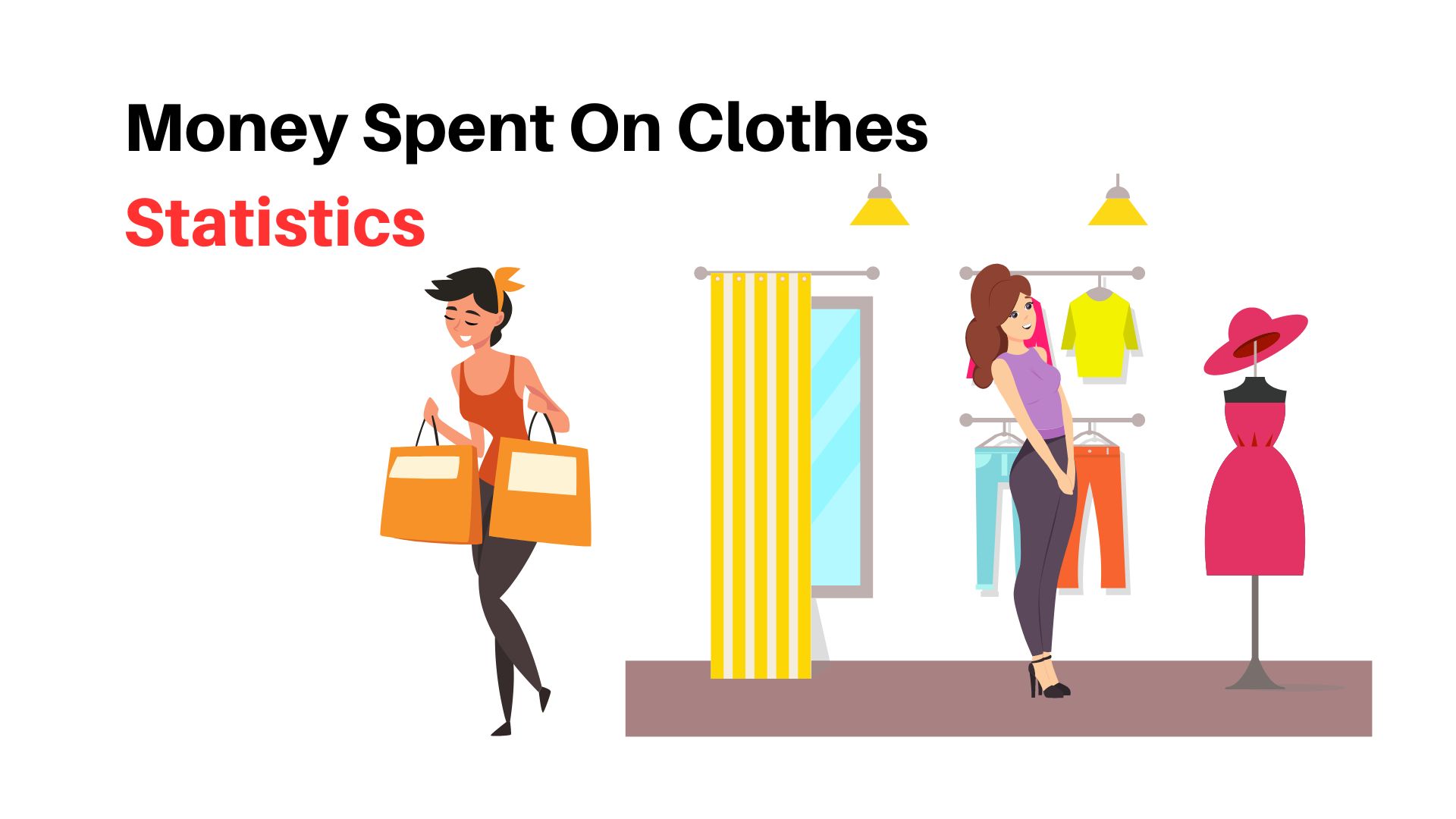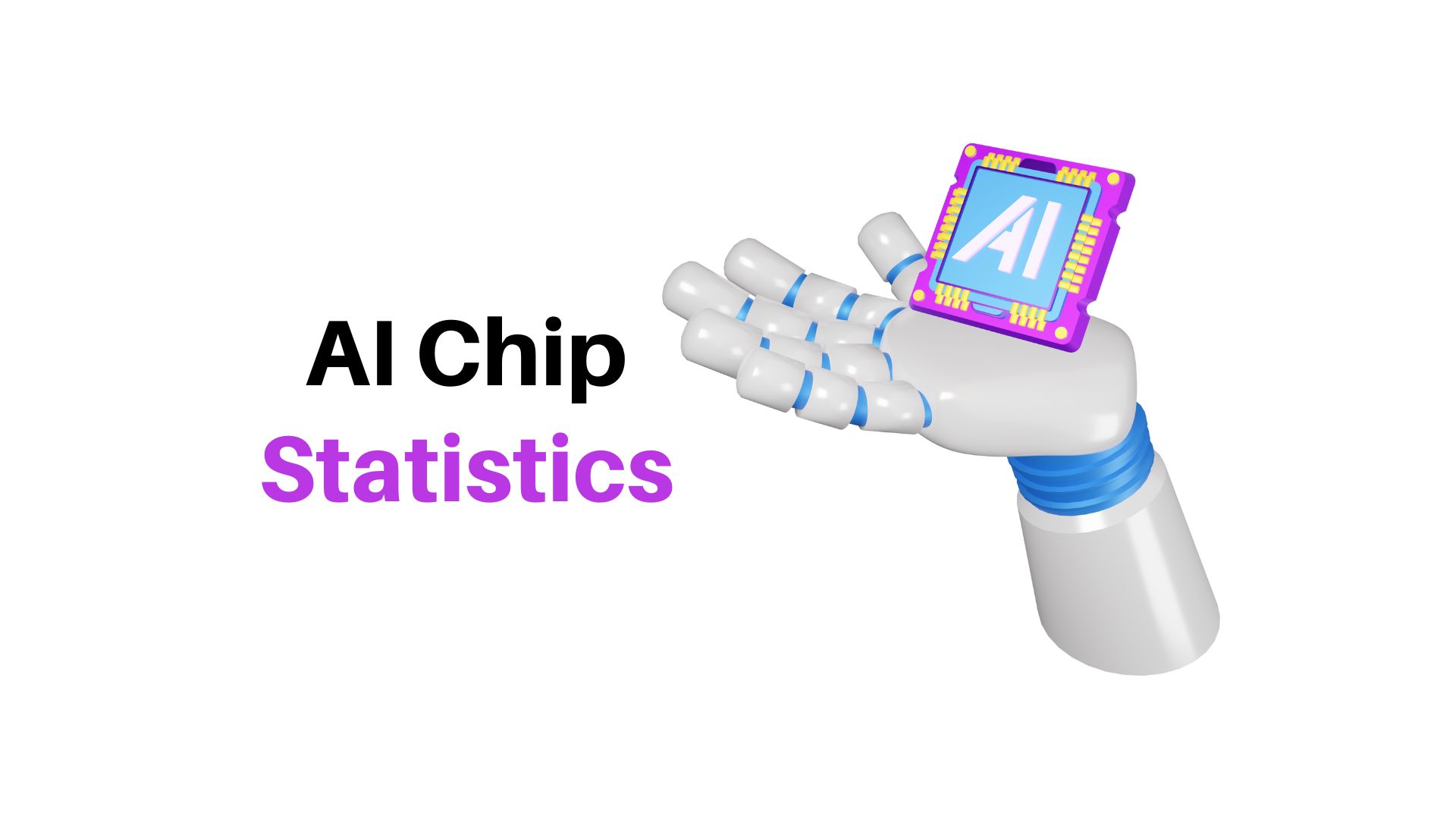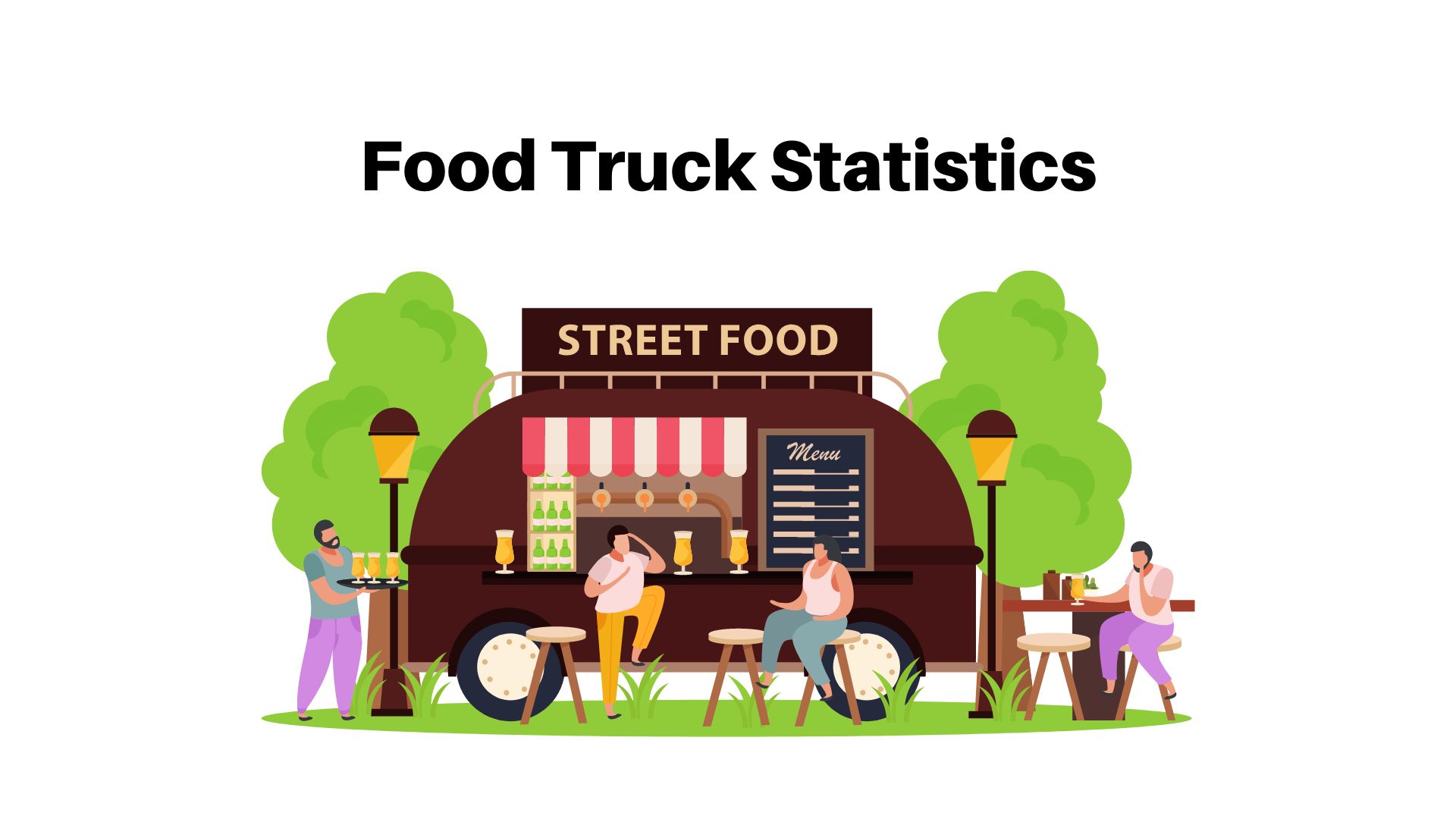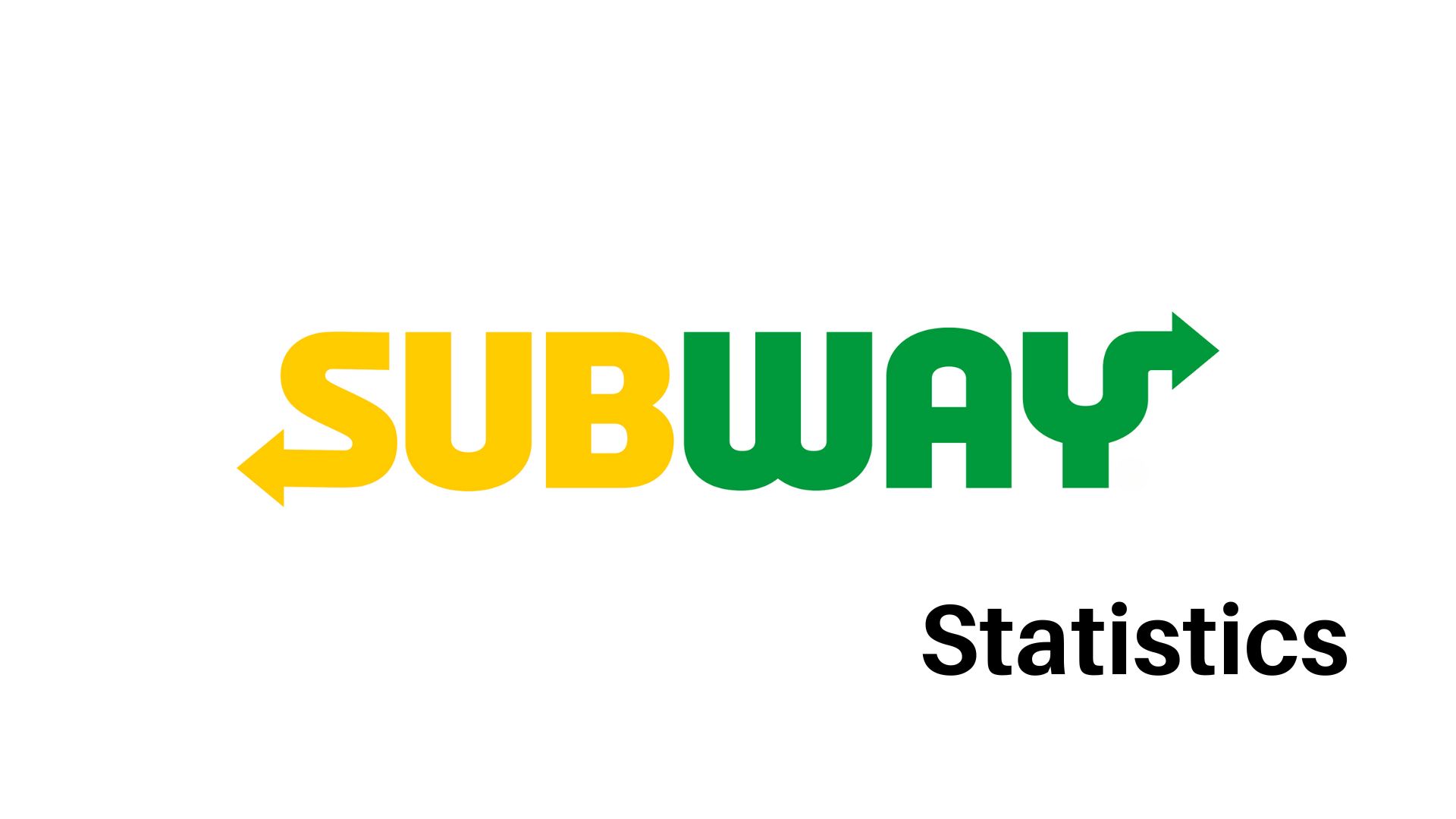Digital Marketing Statistics By SEO Marketing, eCommerce Marketing, Email Marketing, Lead Generation, Social Media Marketing and Video Marketing
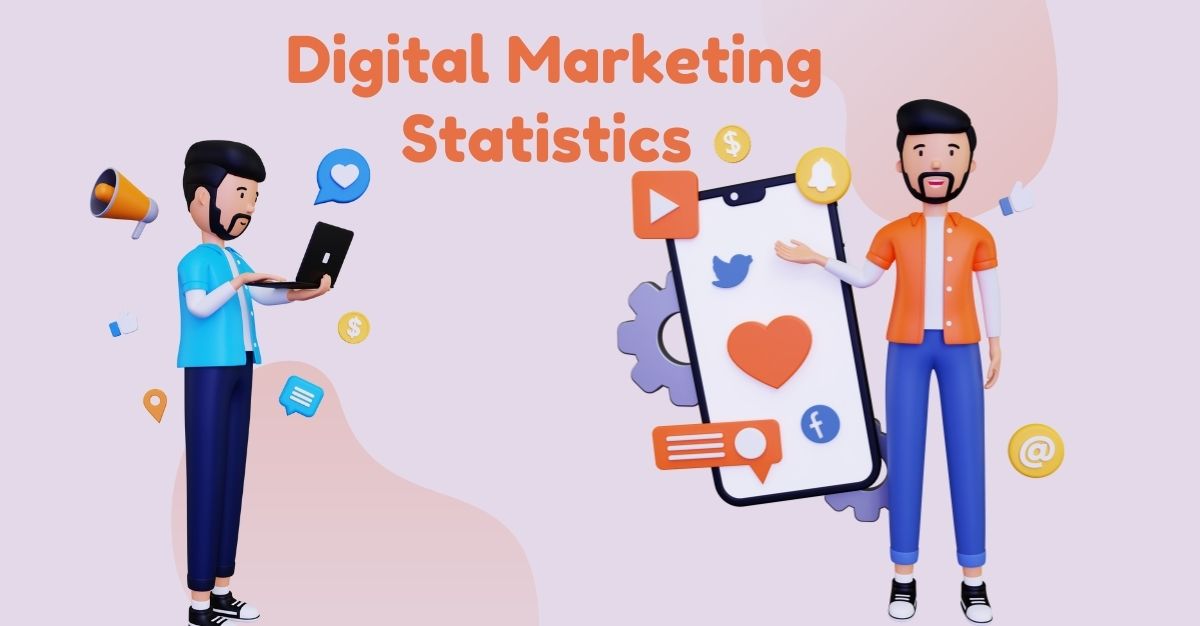
WHAT WE HAVE ON THIS PAGE
- 1 Introduction
- 2 Editor’s Choice
- 3 Facts About Digital Marketing
- 4 Market Overview By Market.us
- 5 By Search Engine Optimization Statistics
- 6 By Content Marketing
- 7 By E-commerce Marketing
- 8 By Email Marketing
- 9 Video Marketing Statistics
- 10 By Lead Generation
- 11 By Social Media Marketing
- 12 Facebook Statistics
- 13 YouTube Statistics
- 14 Instagram Statistics
- 15 By Website Statistics
- 16 By PPC Marketing
- 17 Challenges in Digital Marketing
- 18 Conclusion
Introduction
Digital Marketing Statistics: In 2024, digital marketing continues to be a pivotal element for businesses worldwide, with the digital advertising market expected to reach a staggering $740.3 billion. This growth is propelled by the increasing utilization of the internet and smartphones, marking a significant shift towards digital platforms for advertising efforts. The United States is set to lead global ad spending with an estimated $298 billion, emphasizing the country’s substantial influence on the digital marketing landscape. Moreover, the advent of programmatic advertising is reshaping how digital ads are purchased and placed, with predictions indicating that 87% of digital advertising revenue will be generated through this method by 2026.
Editor’s Choice
- Global Digital Marketing Market is expected to reach USD 1,310.3 Billion by 2033, growing at a CAGR of 13.6% from 2024 to 2033.
- Search advertising biggest segment, projected at USD 202.40 billion in 2023.
- US mobile ad spending in 2023 is estimated at USD 156.38 billion.
- The average spending per user on social media ads is about USD 45.11.
- Highest ROI in digital paid advertising from Facebook and Google Ads.
- Google dominates global searches with 92%.
- 68% of small businesses lack a CRO strategy.
- Smartphones to drive 69% of ad spending by 2026, with 87% through programmatic advertising.
- The digital marketing industry’s CAGR is expected at 17.6% by 2026.
- Email marketing revenue in 2023 was nearly USD 8.49 billion.
- The SEO industry will be estimated at USD 50 billion in 2023.
- The social media marketing sector was valued at over USD 223 billion in Q1 2023.
- Marketing job demand to rise by 10% by 2026.
- Digital marketing jobs are forecasted to grow by 6% by 2032.
- 72% of marketing budgets are directed towards digital channels.
- By the end of 2024, 60% of marketing is expected to be digital.
- PPC campaigns yield a 200% ROI.
- Organic search and email marketing are noted for high ROI; email marketing returns $36 to $40 for every $1 spent.
- Lead generation is cited as a primary success metric for marketing channels.
Facts About Digital Marketing
- The best marketing ROI is achieved by an organic search that was accepted by 49% of businesses.
- For enhancing the success rate of marketing channels the effective factor is lead generation said by 20% of worldwide companies.
- Three times more leads are being generated by content marketing along with reducing cost by 62% than traditional marketing.
- Content marketing helped 70% of internet users understand more details about products.
- Around the world as of January 2023, for digital surfing, 58.57% of people used mobile which is comparatively more than desktop or laptop users by 39.41%.
- Digital marketing goals are successfully achieved by most companies said to 58% of marketers.
- According to HubSpot, for learning product details and features 36% of customers search on the internet which is followed by other preferences of customers in retail stores (27%), television ads (25%), through word of mouth (23%), through online review (20%), through social media (17%), through YouTube ads (13%), and video un-boxing products (9%)
- By the end of 2023, influencer marketing is expected to reach $21.1 billion.
- According to digital marketing statistics, daily users of Facebook are nearly 1.98 billion 67% of monthly users and 3 million businesses use Facebook for marketing.
- 7.51% of web traffic referrals from social media were achieved by Instagram accounts.
- By the end of 2022, Twitter’s ad spending was reduced by 70% for targeting digital marketing efforts and is also termed as the most engaging platform.
 (Source: cloudfront.net)
(Source: cloudfront.net)
- The above figure explains that digital ad spending in 2022 has resulted in a $441.12 billion increase of 58.7%, in 2023 it is expected to be $485.26 billion (60.8%), and by 2024 it will be $526.17 billion (62.6%).
- By 2026, the market share of the Digital Marketing industry is expected to reach $807 billion.
- On the other hand, the ad spending share of mobile phones is around 69%, and desktop share by 31% by the end of 2026.
- As of 2023, programmatic spending has increased by 84% and non-programmatic spending by 16%.
- According to Garter’s survey reports, almost 72% of the budget of marketing comes from digital marketing.
- In 2023, on a regular basis, Google processes 8.5 billion searches, and the world’s largest catering search engine is Google with global searches by 92%.
- According to the reports of the Bureau of Labor, by 2026 marketing job demands are expected to increase by 10%.
- Online reviews are preferred by 90% of people before making any kind of purchase.
- Implementing digital marketing strategies such as digital advertisements helped in enhancing 80% effective brand awareness of businesses.
- In the platform of digital marketing for maintaining customer relationship management around 62% of marketers have used software in 2022.
- In the year 2023, business owners and marketing professionals almost 80% of them have implemented clickable social icons in their email signature.
- SEO has experienced 68% of online experiences.
Market Overview By Market.us
- The global digital marketing market is estimated to reach USD 1,310.3 billion by 2033, with a compound annual growth rate (CAGR) of 13.6% throughout the forecast period from 2024 to 2033.
- In 2023, the global digital advertising spend is expected to reach $526 billion, showing steady growth from the estimated $491 billion in 2022.
- Search advertising remains the largest segment of digital advertising, commanding over 40% of the market share.
- Social media advertising and video advertising have gained significant traction, following search advertising.
- Google and Meta (formerly known as Facebook) collectively account for over 50% of the global digital ad market.
- Venture capital funding for adtech companies in 2022 reached $14 billion across 564 deals globally.
- Notable adtech companies received substantial investments in 2022, including Verizon Media, OpenX, Profitero, and Impact.
- Mergers and acquisitions (M&A) activity within the adtech sector has been vibrant, with strategic moves made by companies like Roku and ProSiebenSat.1.
- In 2023, the online interactive digital marketing segment emerged as the dominant force in the market, driven by factors like widespread internet adoption and real-time communication capabilities.
- The internet paid search segment captured a significant market share in 2023, driven by its highly targeted approach and data-driven insights.
- The retail and consumer goods sector dominated the digital marketing market in 2023, fueled by the shift towards online shopping and personalized marketing opportunities.
- North America led the digital marketing market in 2023, with a share estimated at 36%, driven by factors such as high internet penetration rates and advanced technology adoption.
- Google, Comcast, AT&T, and Procter & Gamble play significant roles in the digital marketing landscape.

By Search Engine Optimization Statistics
 (Source: wordstream.com)
(Source: wordstream.com)
- 51% of companies find updating old content highly effective.
- Websites with blogs generate 97% more backlinks.
- 88% of SEO-using marketers plan to increase or maintain their investment.
- 54% of SEO specialists leverage AI and automation.
- 37% automate time-consuming tasks with AI, highlighting a trend towards automated SEO processes.
- 84% say AI impacts their SEO strategy significantly.
- SEO leads are 8x more likely to close than traditional marketing leads.
- Publishing 4 times a week generates 4.5x more leads than once weekly.
- Google dominates 86.86% of the global search engine market.
- An SEO expert’s average salary is around $60.5k annually.
- 59.2% of all global online traffic comes from Google organic search.
- Organic search is considered the best marketing ROI by 49% of marketers.
- The SEO services market is expected to reach $83.7 billion by 2025.
- Conversion Rate Optimization (CRO) highlights the importance of tracking conversion rates, with more than one-third of marketing leaders considering it a top Key Performance Indicator (KPI).
- Nearly 66% of marketers report an average landing page conversion rate of less than 10%.
- Site Engagement Metrics reveal an average website bounce rate of 37% alongside an SEO click-through rate of 13%.
- 70% of marketers recognize A/B testing as crucial for enhancing conversion rates.
- E-commerce Conversion Rates average below 2% across all sites. The highest conversion rates are observed in the health and beauty sector at 2.7%, whereas luxury handbags exhibit the lowest at 0.4%.
- Email Marketing Efficiency is underscored with a 2.8% conversion rate for B2C brands and a 2.4% rate for B2Bs.
- A significant portion of younger demographics, including 80% of Gen Z and 62% of millennials, favor mobile search over desktop.
- Traffic from Mobile Devices constitutes more than half of the annual traffic for most marketers.
- Device Proliferation in the U.S.: The average household had 22 connected devices as of 2022.
- Google’s Dominance in Mobile Search is evident with over 95% of the global market share.
- Mobile Advertising spending is projected to approach $400 billion by 2024.
- 75% of marketers anticipate AI-enabled search engines to positively impact their blogs, expecting increased site traffic.
- Keyword Optimization remains a priority, with 39% of marketers focusing on optimizing on-page content.
- 29% of marketers identify SEO as a crucial trend in leveraging digital strategy.
- Voice Search Utilization by marketers is at 13%, reflecting its growing integration into marketing strategies. In the U.S., 41% of adults use voice search daily, citing its ease and speed over traditional search methods.
By Content Marketing
Blogging
- 90% of marketers utilize blogs to achieve content goals=.
- Companies with blogs generate 67% more leads monthly compared to those without=.
- 43% of marketers use AI for idea generation; only 3% use it for writing complete articles.
- The average blog post length is 1,427 words, a 70% increase from a decade ago.
- Only 3% of brands consistently publish posts over 2,000 words.
Video Marketing
- Short-form video is the most used media format in marketing strategies.
- 91% of businesses incorporate video as a marketing tool.
- 42% of marketers spend between $0 and $500 on an average video.
- YouTube is the most popular platform for video marketing.
- Engagement rate, conversion rate, and click-through rate are top video marketing KPIs.
- 96% of marketers agree that marketing videos should be under 10 minutes in length.
Content Strategy
- 29% of marketers actively engage in content marketing.
- 41% measure content marketing success through sales.
- Web traffic is a primary metric for content strategy effectiveness.
- 50% plan to increase content marketing investment in 2024.
- Half of the writers use AI tools to enhance content performance.
- 48% of social media marketers repurpose content across platforms with minor modifications .
Audio Content
- 25% of marketers use podcasts or audio content in their strategies.
- 47% of those using audio content plan to increase their budget in 2024.
- Ad spending in the digital audio market is expected to reach $10 billion in 2023, growing to $13 billion by 2028.
- Over 60% of U.S. digital audio listeners subscribed to a streaming service in 2022.
- Podcast ads have the highest recall rate among consumers (86%).
General Content Marketing Insights
- Content marketing is deemed a crucial strategy by 81% of marketers.
- Companies engaged in content marketing regularly post new articles (51%).
- Consumers prefer watching brief clips to learn about products or services (69%), while 18% favor text-based articles, blogs, or websites.

By E-commerce Marketing
 (Source: oberlo.com)
(Source: oberlo.com)
- As of 2023, e-commerce allowed 2.14 million people to complete their shopping.
- Across the world, the sales rate of e-commerce is expected to reach $5,542-$6.542 billion by 2023.
- Online purchasing via e-commerce was made by 93% of worldwide users
- In 2022, the sales of mobile commerce have turned out to be $4.31 trillion and are expected to be $5.11 trillion by the end of 2023.
- Digital and mobile wallets helped in making around 455 web store payments.
- Due to digital marketing strategies within e-commerce, in coming years almost 70% of b2b businesses are expected to stop.
- As of 2023, the growth of sales has increased by e-commerce statistics by region in the United States (50%), Europe (47%), China (15%), and the Rest of the World (52%)
- 18% of overall retail sales were responsible for E-commerce in 2022, while it is expected to be 20.8% in 2023 and 24% by the end of 2026.
- By 2040, e-commerce purchasing is expected to be 95% of all other purchases.
- Digital and mobile wallets are going to make 45% of web store payments in 2023.
- In e-commerce websites, the average rate of conversion is between 1.81% to 3.71%.
- Almost 68% of small-scale businesses do not have a CRO strategy.
- Before making online purchases, 60% of millennials have visited Amazon.com.
By Email Marketing
 (Source: ddiy.co)
(Source: ddiy.co)
- The email marketing industry is projected to reach a valuation of $17.9 billion by 2027.
- Global email user numbers are expected to expand to 4.8 billion by the end of 2024.
- The average open rate for emails across all industries stands at 80%, with a click-through rate of 2.78%.
- Email marketing is regarded by small businesses as the marketing channel yielding the highest return on investment (ROI).
- Email marketing offers an impressive ROI, averaging $36 to $40 for every $1 spent.
- Daily, approximately 2 billion emails are sent, with individuals receiving about 120 marketing emails.
- A significant 87% of businesses employ email marketing for content distribution, making it the second most popular marketing channel after social media.
- Around 64% of small businesses utilize email marketing to reach their target customers.
- Email marketing’s relevance to overall company success is affirmed by 78% of marketers.
- Generative AI for crafting email content is utilized by 41% of businesses, highlighting the growing intersection between technology and marketing strategies.
- Despite the prevalence of digital platforms, 80% of marketers would choose email marketing over social media.
- The subject line plays a crucial role in open rates, with 33% of recipients opening emails based on catchy subject lines alone.
- Personalization and segmentation are key, with segmented emails driving 30% more opens and 50% more clickthroughs than unsegmented ones.
- Mobile responsiveness is critical, yet about 20% of marketing emails are not optimized for mobile devices.
- Emails viewed on mobile devices represent a significant share, with 41% of email views coming from mobile, underscoring the importance of mobile-friendly email designs.
- The average clickthrough rate for emails sent to Constant Contact customers is 1.40%.
- Using customers’ names in email copy is a prevalent strategy for personalizing marketing emails.
- The number of global email users was 4.26 billion in 2022, with projections indicating growth to 4.73 billion by 2026.
- A notable 59% of Americans perceive most received emails as not useful, pointing towards the challenge of relevance and engagement.
- The primary reason for unsubscribing from email lists is the receipt of too many emails, emphasizing the need for strategic frequency in email campaigns.

Video Marketing Statistics
Short-Form Video Insights
- 56% of marketers prioritize short-form video for investment in 2024, recognizing its effectiveness in capturing audience attention.
- A consensus among marketers (96%) supports the notion that videos should remain under 10 minutes, optimizing for viewer engagement, with a sweet spot of 1 to 3 minutes.
- Consumer preference leans towards short-form videos for product or service discovery, with 73% favoring this format.
Product Video Efficacy
- Videos significantly enhance user comprehension of products or services, with 96% of marketers acknowledging this benefit.
- The primary advantage of video content, as identified by 40% of marketers, is to facilitate customer understanding of products/services.
- Explainer videos play a crucial role, with 96% of viewers utilizing them for product information, and 89% being influenced towards making a purchase.
- Approximately 51% of consumers depend on product videos for informed purchasing decisions.
Social Video Dynamics
- The majority (71%) of company-produced videos are intended for social media platforms.
- Effective lead generation via social video ads often involves embedding links to landing pages, a strategy employed by 32% of marketers.
- YouTube stands as the premier platform for video sharing among marketers (70%), followed by Instagram (60%), and TikTok (35%).
- Marketers attest to the high return on investment (ROI) of social video content, particularly on YouTube, Instagram, and TikTok, with Instagram Live videos earning the top spot for ROI.
Video Analytics and Engagement
- Over 15 million video files were uploaded to Wistia in 2022, highlighting the medium’s popularity.
- Video engagement remains high at 38% for content up to 30 minutes in length, demonstrating viewer tolerance for longer-form content within reason.
- The positive ROI of video marketing is confirmed by 92% of marketers, underlining its effectiveness in contemporary marketing strategies.
- The competitive landscape for video marketing is intensifying, with 92% of marketers reporting increased noise and competition.
YouTube’s Dominance
- With over 2.5 billion active users, YouTube’s vast audience presents a fertile ground for marketing efforts.
- YouTube ads are perceived as more relevant than those on traditional TV or other streaming platforms by more than half of U.S. viewers.
Longer Video Content Growth and Consumer Demand
- Videos exceeding 30 minutes, including webinars and live events, have experienced an 11,000% growth over the past decade.
- A significant 91% of consumers express a desire for more online video content from brands, indicating a strong market demand.
Video Marketing Impact
- Video content is attributed with directly increasing revenues for 78% of video marketers, showcasing its critical role in sales strategies.
- A substantial 95% of marketers attest to video’s effectiveness in enhancing consumer understanding of products or services.
- Despite previous concerns, only 50% of marketers now anticipate the pandemic impacting their video marketing budget for 2022, signaling a stabilization in investment trends.
Operational Insights
- Video traffic now accounts for 65% of all internet bandwidth, underscoring the medium’s dominance.
- Organizations are increasingly managing their video content through dedicated digital asset management (DAM) systems (68%), with 72% of DAM users planning to expand their video initiatives.
- Video marketing is not just about brand visibility; it’s a potent lead generation and sales tool, with 90% of marketers crediting video with lead generation successes and 87% reporting increased sales.
By Lead Generation
 (Source: mymarketing.io)
(Source: mymarketing.io)
- According to the HubSpot Marketing Strategy Report of 2024, 70% of marketers assess their leads as being of “high quality.”
- Lead generation is ranked as the third most crucial metric for evaluating the success of content marketing strategies, as reported in the HubSpot Marketing Strategy Report of 2024.
- The Demand Gen Report of 2021 highlights that 44% of marketers prioritize “better measurement of the ROI of our demand generation initiatives.”
- Over half of marketers (53%) identify webinars as the most effective format for generating high-quality, top-of-the-funnel leads, according to the Demand Gen Report of 2021.
- The same report states that 53% of marketers find email marketing to be the most effective channel for early-stage lead generation.
- An Activate report from 2020 reveals that 78% of marketers expect their demand-generation budget to either grow or remain steady.
- Utilizing additional account-level fields for lead scoring is seen as beneficial by 28% of marketers, based on Activate’s 2020 findings.
- According to HubSpot’s 2020 report, ad placement and audience targeting are the primary strategies used by advertisers to drive more demand.
- Generating leads is identified as the foremost priority for marketers, as per HubSpot’s 2020 insights.
- HubSpot’s 2020 report indicates that over 60% of marketers have seen an increase in Customer Acquisition Cost (CAC) over the past three years.
- Ascend2’s 2020 report shows that 49% of companies prioritize increasing customer acquisition.
- According to digital marketing statistics by The HubSpot Blog Marketing Strategy Report of 2024 notes that 64% of marketers are employing AI/automation, and 38% of those not currently using it plan to start in 2024.
- Salesforce’s 2022 report mentions a 91% increase in demand for automation from business teams between 2020 and 2022.
- Gartner’s 2022 research indicates that 53% of marketing decisions are influenced by marketing analytics, yet 87% of marketers consider data as their company’s most under-utilized asset according to Invoca’s 2023 findings.
- The HubSpot State of Marketing Report of 2023 highlights that 22% of social media marketers consider measuring and justifying their work as a significant challenge.
- Finding high-quality leads is a primary challenge for 37% of marketers, and 61% cite lead generation as their biggest difficulty. A proactive follow-up on leads within 5 minutes increases conversion chances by ninefold.
- The U.S. digital lead generation market size reached approximately $3.2 billion in 2023. A significant 58% of marketers anticipate an increase in their lead generation budget in the forthcoming years.
By Social Media Marketing
 (Source: activecampaign.com)
(Source: activecampaign.com)
Social Media Strategy and Engagement
- 90% of marketers emphasize the importance of building an active online community for social media success.
- Consumers aged 18 to 44 predominantly use social media for product discovery.
- A significant shift towards purchasing directly within social apps is anticipated by 80% of marketers, overtaking traditional online channels.
- Content that resonates best includes humorous (66%), relatable (63%), and trendy (59%) themes.
Visual Content Utilization
- Adoption of infographics is notable, with 26% of marketers leveraging them and an additional 15% planning to do so.
- Enhancing user engagement through visual content is a top strategy for 21% of marketers.
- The effectiveness of infographics is underscored by their potential to boost website traffic by up to 12%.
Social Media Usage Trends
- Social media users are projected to reach 5.1 billion by 2025.
- TikTok leads as the most downloaded non-gaming app globally.
- Daily social media usage averages at 2 hours and 24 minutes.
Market Size and Advertising Spend
- The social media marketing sector’s valuation surpassed $223 billion in early 2023, according to digital marketing statistics.
- Social media advertising budgets typically represent 15% of the total marketing expenditure.
- Facebook and TikTok are highlighted as primary and fastest-growing advertising platforms, respectively.
Demographics and Platform Usage
- Over 90% of young professionals utilize social media for work-related purposes.
- Facebook, YouTube, and WhatsApp lead in global monthly active users.
- Instagram slightly edges out Facebook in market share among internet users of working age.
2024 Projections and Operational Insights
- The market size is poised to reach approximately $256 billion by 2028.
- A vast majority of businesses (over 91%) integrate social media in their marketing strategies.
- Competitive dynamics show a high engagement with Facebook for business activity, alongside significant presence on LinkedIn, Instagram, and Snapchat.
- TikTok’s rapid user base growth underscores its emerging importance in marketing strategies.
Advertising Costs and Performance Metrics
- Industry benchmarks for Facebook advertising indicate varying costs and engagement rates across campaign types, with an average click-through rate of 1.51% for traffic campaigns and 2.50% for lead generation.
Additional Insights
- Mobile device usage for social media access stands at 91% among consumers.
- Influencer marketing remains influential, with nearly half of social media users valuing brand recommendations from influencers.
- The potential for differentiation through Facebook video ads is significant, given their current underutilization.

Facebook Statistics
- Daily active users of Facebook across the world in 2023 resulted in 1.9 billion and more than 2.9 billion. As of the total world population, 37% are using Facebook.
- More than 330 million Indian people are using this social media platform and the South Asian region has more than 456.8 million.
- As of 2023, the market share of Facebook advertisements has reached more than $2.14 billion.
- Facebook ads are experienced by 27% of the world’s population.
- Facebook’s login was observed by 98% of the audience through mobile phones.
YouTube Statistics
- Monthly active users of YouTube in 2023 are above 2.5 million people and on each YouTube’s Website and App is having more than 122 million visits.
- Monthly access to YouTube is almost 52% of internet users.
- YouTube is termed as the 2nd biggest platform of social media and the world’s highest platform of video sharing.
- The most users of YouTube were observed in India with more than 467 million users in which male users are 53.9% and females are almost 46.1% who were mostly aged between 25 years 34 years.
- Each day watching YouTube resulted in more than 1 billion hours
Instagram Statistics
- Monthly active users of Instagram in 2023 are around 2.35 billion and daily active users turned out to be above 500 million.
- According to digital marketing statistics, across all social media platforms, Instagram is termed as the 3rd most used platform.
- The audience of Instagram was highest in males at 50.7% and females at 49.3% in 2023.
- On a monthly basis, the interaction of Instagram’s story turned out 2 billion people.
- The average time spent on Instagram is almost 30 minutes.

By Website Statistics
 (Source: demandsage.com)
(Source: demandsage.com)
- In the industry of digital marketing, websites are used for improving the authority and users form an opinion within just 0.05 seconds.
- Due to the slow loading time of websites, 88.5% of people have left websites and slow-loading websites retailer cost turned out $2.6 billion.
- In 2023, global web traffic originating from Google is 93%, according to digital marketing statistics.
- In the U.S. on per daily basis internet users view almost 138.1 web pages.
- Websites require less than 3 seconds of time to load while surfing via mobile websites.
- Websites with videos helped in increasing the average time spending rate by 88% on each page.
- The top factors influencing a website’s cost are functionality and features.
- Due to the unattractive layout of websites, 40% of users didn’t engage with a specific website in 2023.
- For formulating customers’ opinions over a business, 50% of website users consider website design as an effective factor.
- The average speed focused on the main navigation by website visitors is around 6.44 seconds.
By PPC Marketing

(Source: webfx.com)
- PPC stands for pay-per-click and this helps in driving out qualified leads and most of the companies are using it as an effective digital marketing strategy.
- As compared to SEO in 2023 PPC has generated 2 times more visitors.
- On mobile devices, ad clicks happen more than 50%.
- As of 2023, small-scale businesses around 65% are having a PPC campaign.
- According to Statista, ad clicks result in 65% of all high-intent searches.
- On a monthly basis, medium-sized businesses have invested on PPC almost $10,000.
- The leading PPC provider is known as ‘The Google Display Network’ and its program has around 2 million sites, According to this Digital Marketing Statistics.
Challenges in Digital Marketing
- Choosing the Right Platforms: With a myriad of social media platforms available, one of the primary challenges is determining which platforms are most beneficial for investment. This decision is critical as it impacts the overall effectiveness of a digital marketing strategy.
- Building Active Online Communities: About 90% of social media marketers emphasize the importance of cultivating active online communities. However, engaging audiences and fostering a sense of community is complex and requires continuous effort and innovation.
- Direct Purchases via Social Apps: There’s an expectation that consumers will increasingly make purchases directly within social media apps. Marketers must navigate this shift from traditional e-commerce platforms to in-app purchases, adapting their strategies accordingly.
- Content Creation: Creating content that resonates with the audience is crucial. Marketers report that funny, relatable, and trendy content performs best, but consistently producing high-quality, engaging content is challenging.
- Visual Content: While visual content like infographics is highly effective—being 30 times more likely to be read than text articles—creating consistently high-quality visual content is identified as a significant hurdle by 43% of marketers.
- Adapting to Consumer Preferences: Understanding and adapting to the preferred product discovery platforms of different age groups, especially consumers aged 18 to 44 who favor social media, is a key challenge.
- Budget Allocation: Determining the appropriate budget for social media marketing is complex, especially as businesses strive to optimize their investment across various marketing channels.
- Platform Saturation and Competition: With a high percentage of businesses using social media for marketing, the digital space is becoming increasingly saturated. This competition makes standing out more challenging than ever.
- Evolving Algorithms: Social media platforms frequently update their algorithms, affecting how content is displayed to users. Keeping up with these changes and adjusting strategies accordingly is a constant challenge.
- Measuring ROI: Effectively measuring the return on investment (ROI) from social media activities remains a significant challenge. Marketers must navigate complex analytics to prove the value of their digital marketing efforts.
- Compliance and Privacy Concerns: Navigating the regulatory landscape, including data privacy laws and advertising regulations, is a critical challenge for digital marketers aiming to engage with global audiences.
- Keeping Up with Trends: The fast-paced nature of digital marketing requires businesses to stay ahead of trends, including new social media platforms, digital technologies, and consumer behaviors.
- Influencer Marketing: While nearly half of social media users rely on brand recommendations from influencers, finding the right influencer partnerships that align with brand values and effectively reach target audiences is challenging.
- Mobile Optimization: With 91% of consumers accessing social media via mobile devices, creating mobile-optimized content that provides a seamless user experience is essential but often challenging for marketers.
- Adapting to the Fastest-Growing Platforms: Platforms like TikTok are growing rapidly, and incorporating these into an existing social media strategy requires agility and the ability to quickly understand and leverage new features for brand promotion.
Conclusion
According to Digital Marketing Statistics, As of today, looking at the Digital Marketing Statistics it is clear that around the world maximum businesses in recent days have implemented digital marketing strategies for enhancing their business effectively. A huge great deal has been achieved by involving new technologies in digital marketing. All its strategies include many advancements and improvements that helped customers as well as marketers. This article includes many informative statistics hope those will help you in understanding the trends and benefits of the topic.
Sources
FAQ.
The 7 C’s of digital marketing are customer, content, context, community, convenience, cohesion, and conversion.
Digital marketers required some basic skills for becoming a successful marketer are writing, data analysis, SEO, Technology, Social Media.
The four effective reasons that resemble the importance of digital marketing are targeted and measurable, cost effective, improve customer engagement, and raises brand awareness.

Barry is a lover of everything technology. Figuring out how the software works and creating content to shed more light on the value it offers users is his favorite pastime. When not evaluating apps or programs, he's busy trying out new healthy recipes, doing yoga, meditating, or taking nature walks with his little one.
